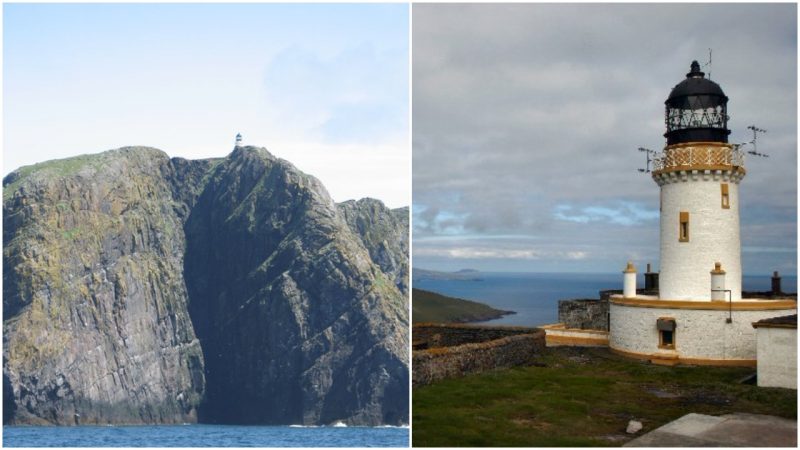This island has been uninhabited since 1980, or as soon as its lighthouse was automated. Prior to this, the only people walking about the island were the lighthouse keeper and his family. Historically, only about 50 people have made this island their permanent home. It is a scenic place to live, but pretty remote and surrounded by rough seas with waves so frightening that the area is still being used to test lifeboat prototypes.
The name Barra Head has lost its original meaning throughout the years. It derives from the Old Norse name for the island, and the old North Men named it in honor of Bjorn, calling it Bjorn’s Island, later becoming Beàrnaraigh in Gaelic and afterwards anglicized into Barneray. And as this was still complicated for the English folks to pronounce, they just gave it one more final alternative that still stands today: Barra Head. Barneray is the most southern of the Outer Hebrides group of islands in Scotland. And it forms its own archipelago, the Barra Isles. The name Barra Head became so popular that it is commonly used as the name of the whole archipelago group.
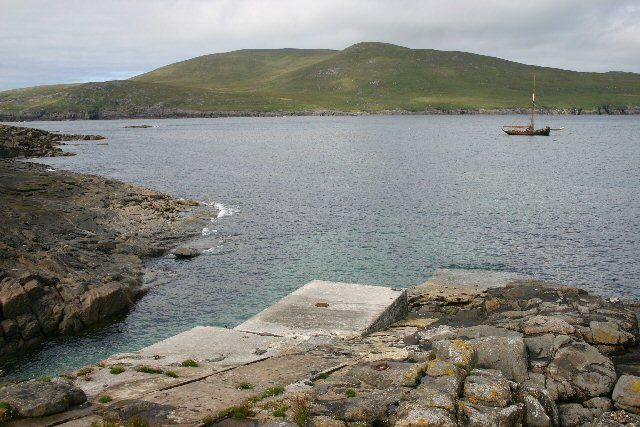
Photo:Bob Jones
CC BY-SA 2.0
Barra Head is a small wedge-shaped island 1.9 miles long and 0.8 miles wide. The ground is mostly rocky and it covers pretty much the whole island. There are no valleys for farming; there isn’t a suitable bay or way to approach it. The sea bed in the west varies in depth between 390 and 460 feet. While the sea floor on the other, east side extends for 31 mile going down up to 1.198 feet. The best host is the north side, as it offers two small landing places, Leac na Fealia and Achduin. From these two jetties a path leads west and up the hill across the highest slope on the island and straight to the lighthouse.
Upon a visit of Bjorn’s Island, the prominent British traveler, author, botanist, and collector Henry John Elwes wrote: “It was the grandest sight I ever experienced, to look out of the lighthouse on a very stormy day, and see oneself hanging, as it were, over the ocean, surrounded on three sides by a fearful chasm in which the air was so thickly crowded with birds as to produce the appearance of a heavy snowstorm, whilst the cries of these myriads, mingled with the roar of the ocean and the howling of the tremendous gusts of wind coming up from below as if forced through a blast pipe, made it almost impossible to hear a person speak.”
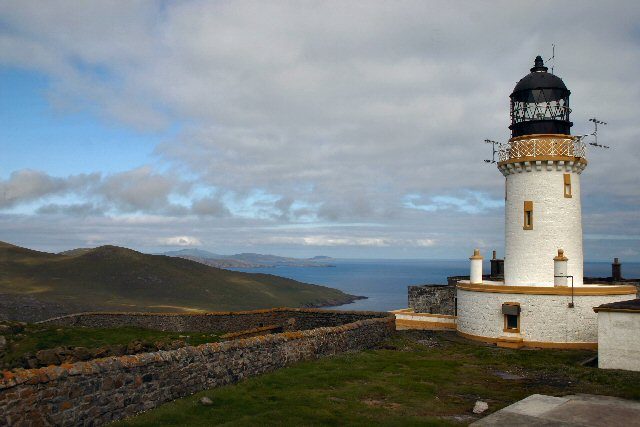
CC BY-SA 2.0
The lighthouse stands on top of a steep edge on the south side of Barra Head. It was built by James Smith by the design of Robert Stevenson and its fire started burning on 15th of October, 1833. At first it was a big oil torch until 1906, when it became an incandescent white light. The third and final transformation to automatic happened on the 23rd of October, 1980.
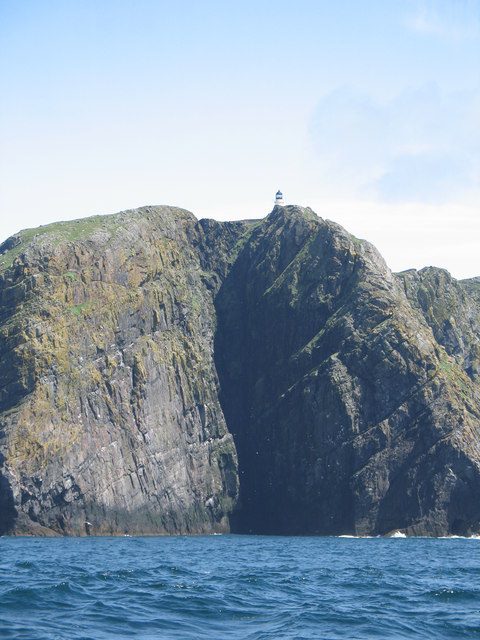
After this, Barra Head’s lighthouse could function on its own with the new batteries that provided electrical power and were automatically recharged by a diesel alternator.
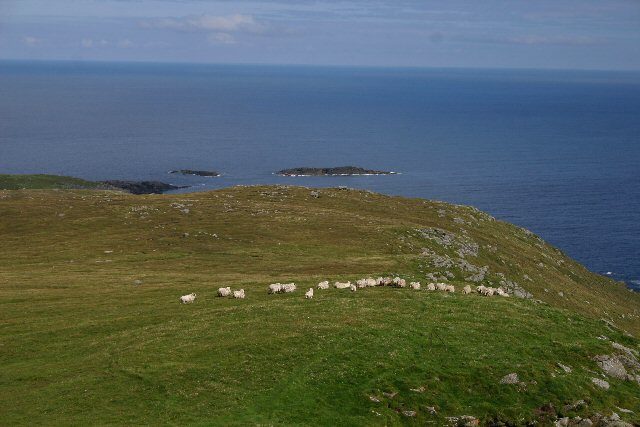
A pier was built on the island in the 1930s, and a modern radar system was added to keep track of “Western Approaches” as a war was brewing in Europe. The only war “influence” on the island was a crash of a British Blenheim bomber during World War II. The bomber and its pilot’s position and fate became a mystery to the British military, until a rock climber discovered it by accident many, many years later.
Barra Head Island became more widely known by one peculiar resident. His name was Peter Sinclair, or Pàdraig Mòr, most known by his nickname The Barra Giant. He was supposedly six feet eight inches tall in 1866, when he was just seventeen years old. He became a part of a travelling show but didn’t like the publicity and soon after returned to live a peaceful life on the island.
